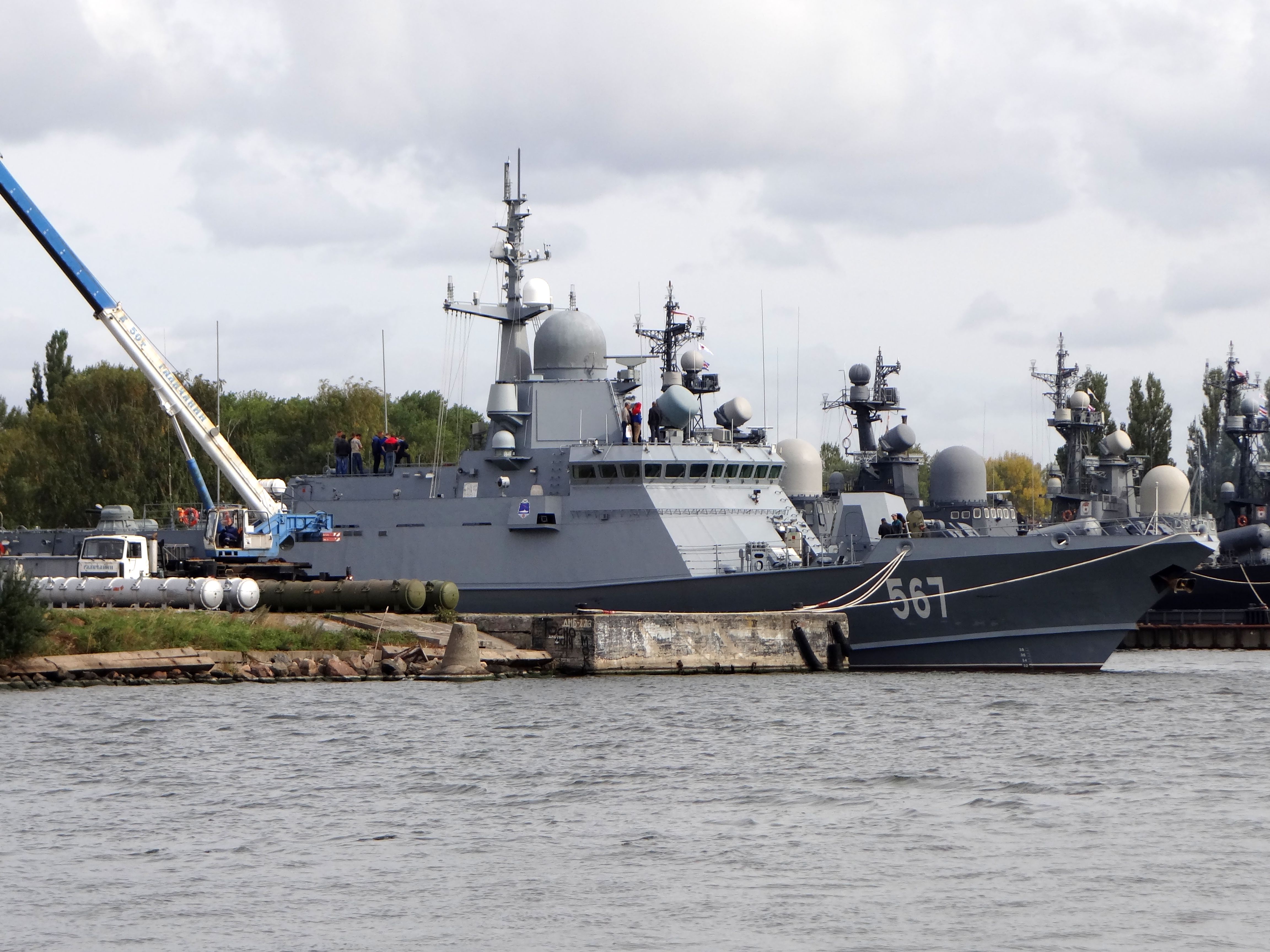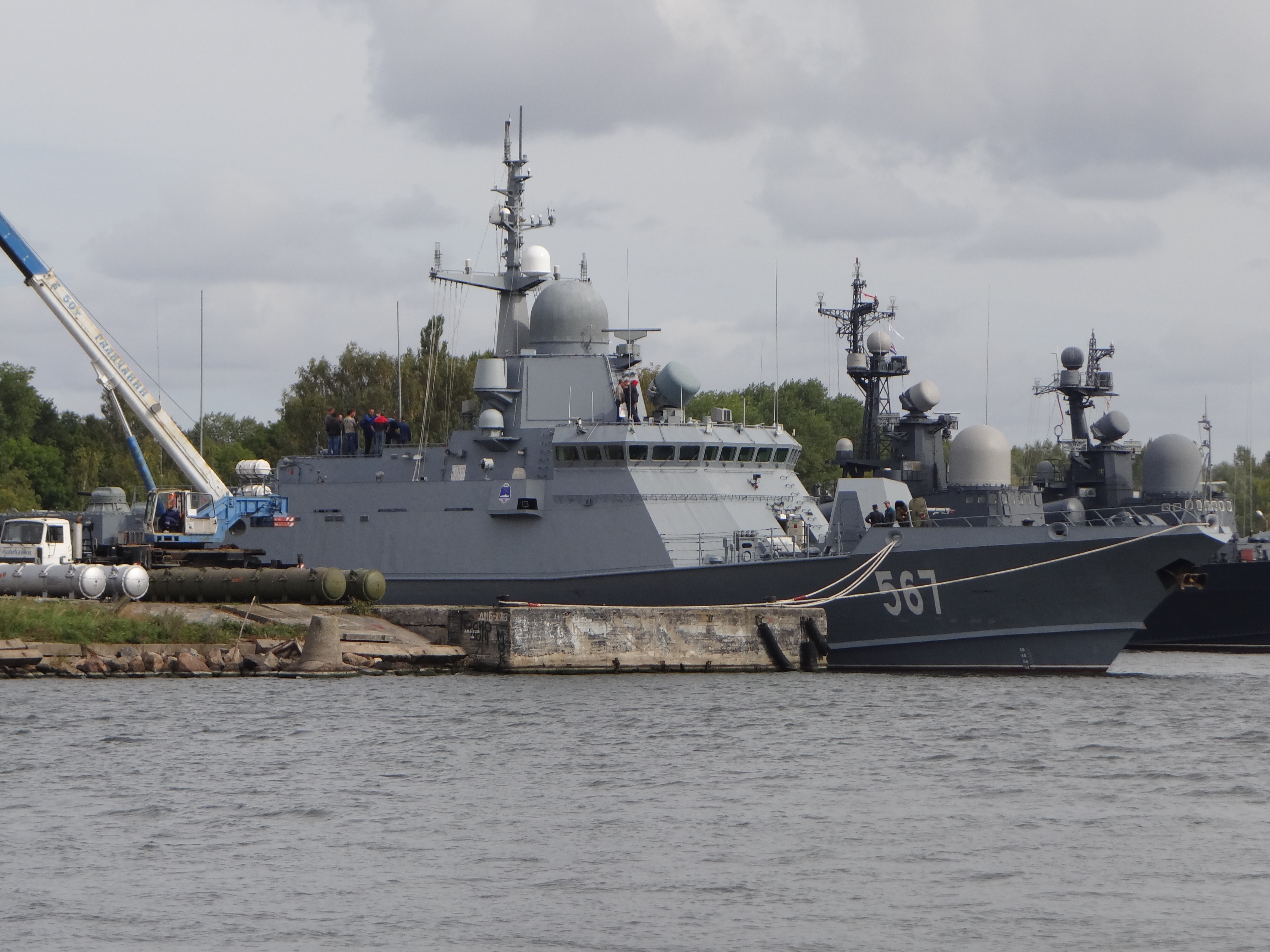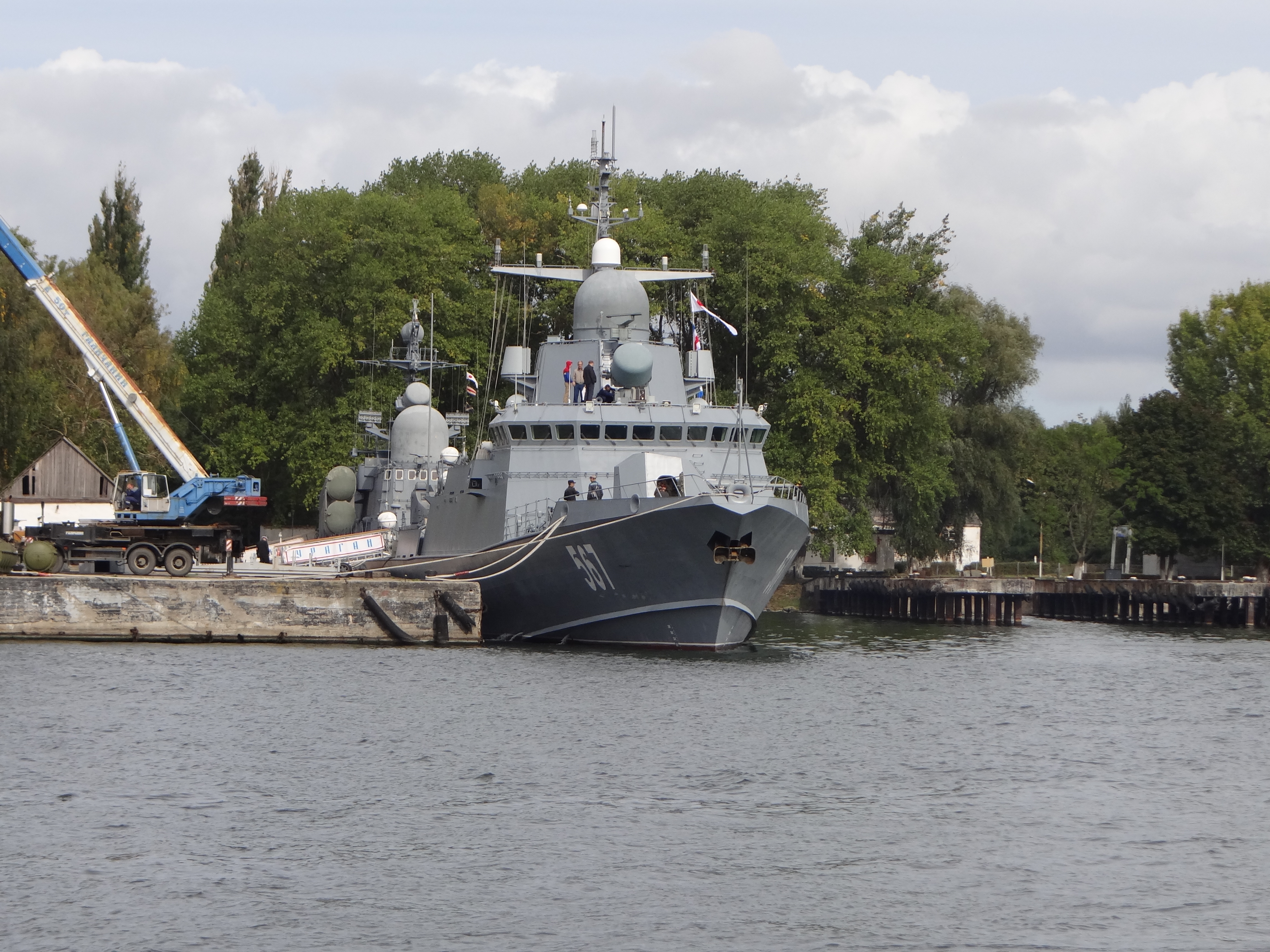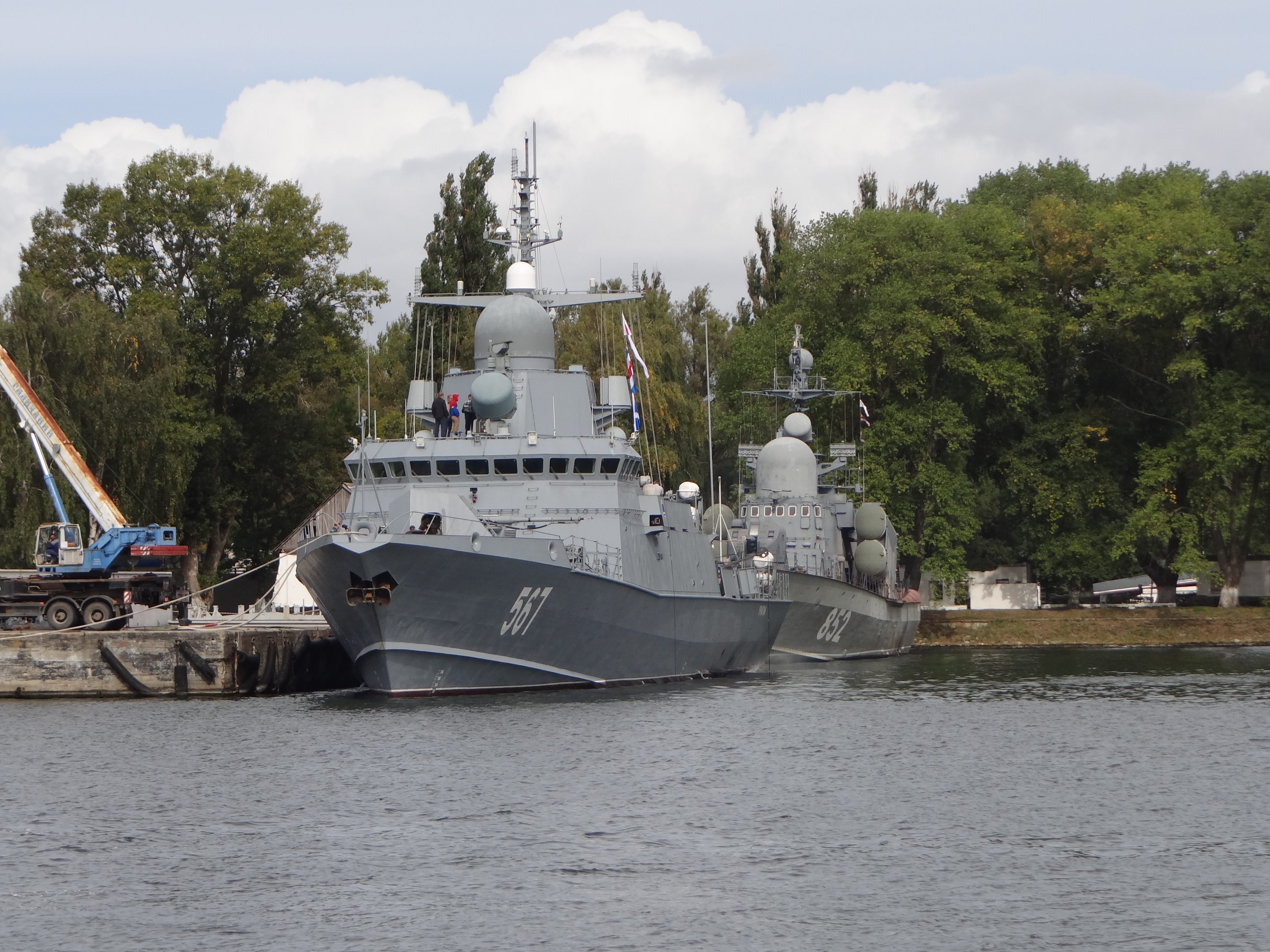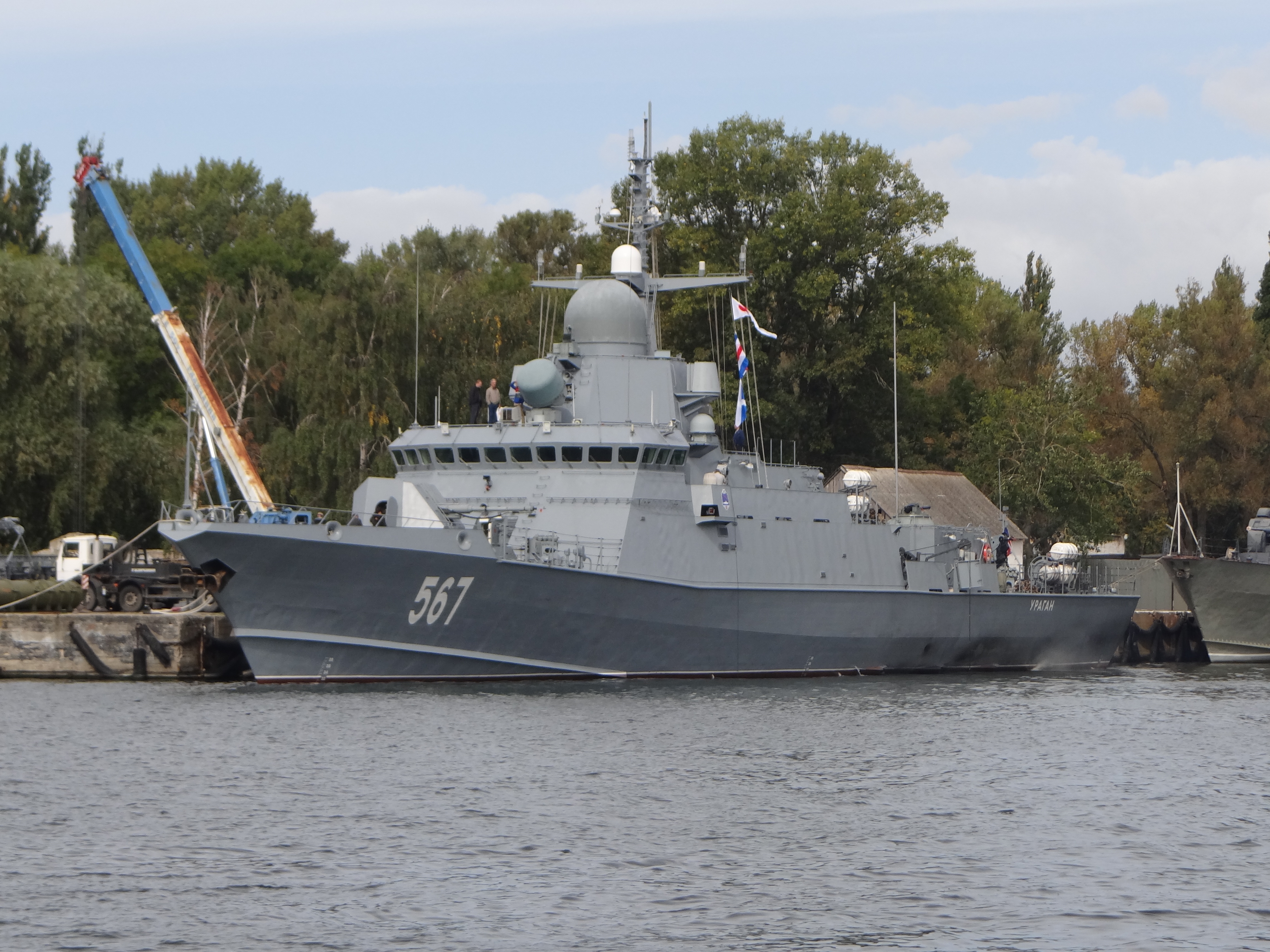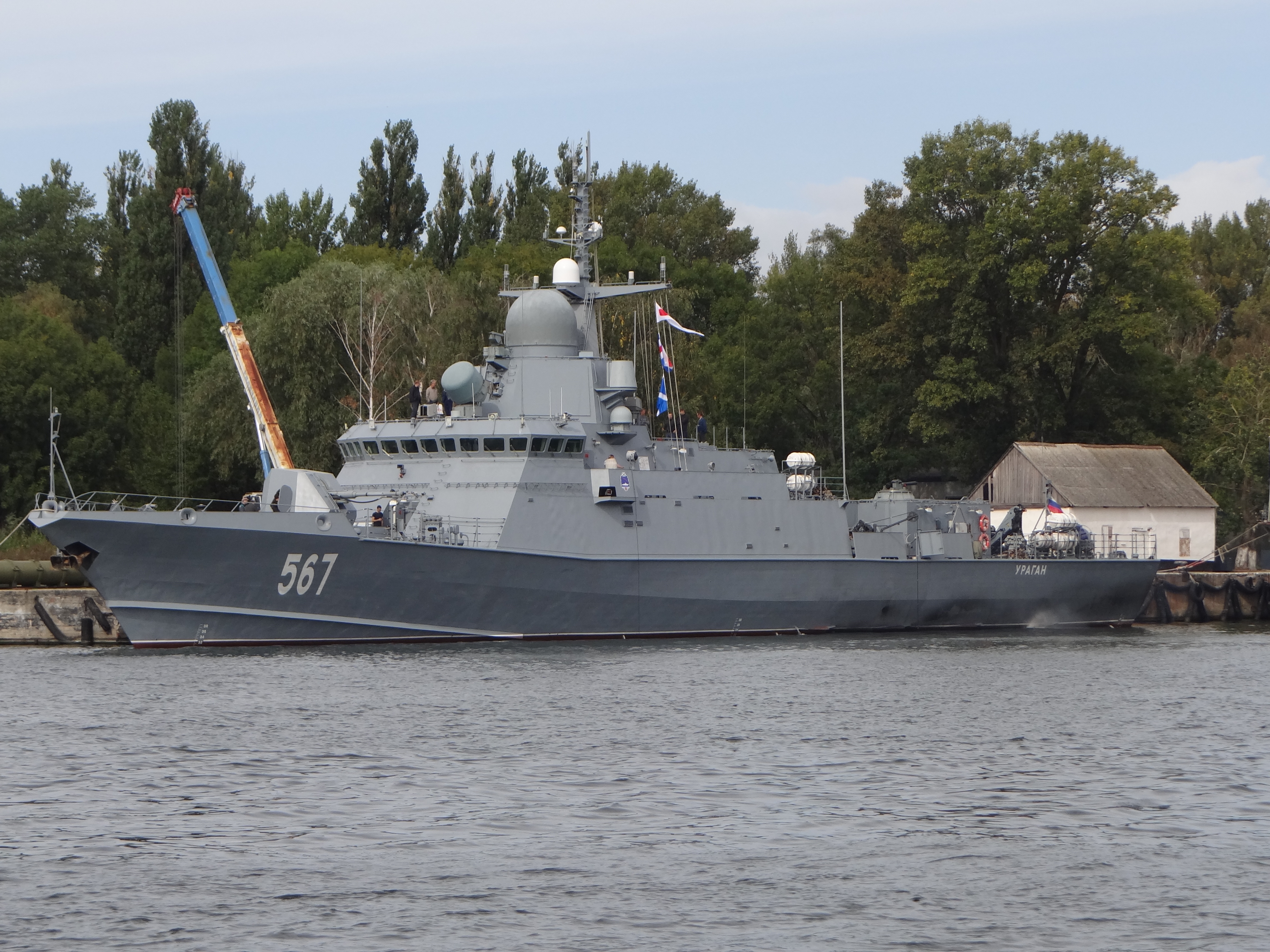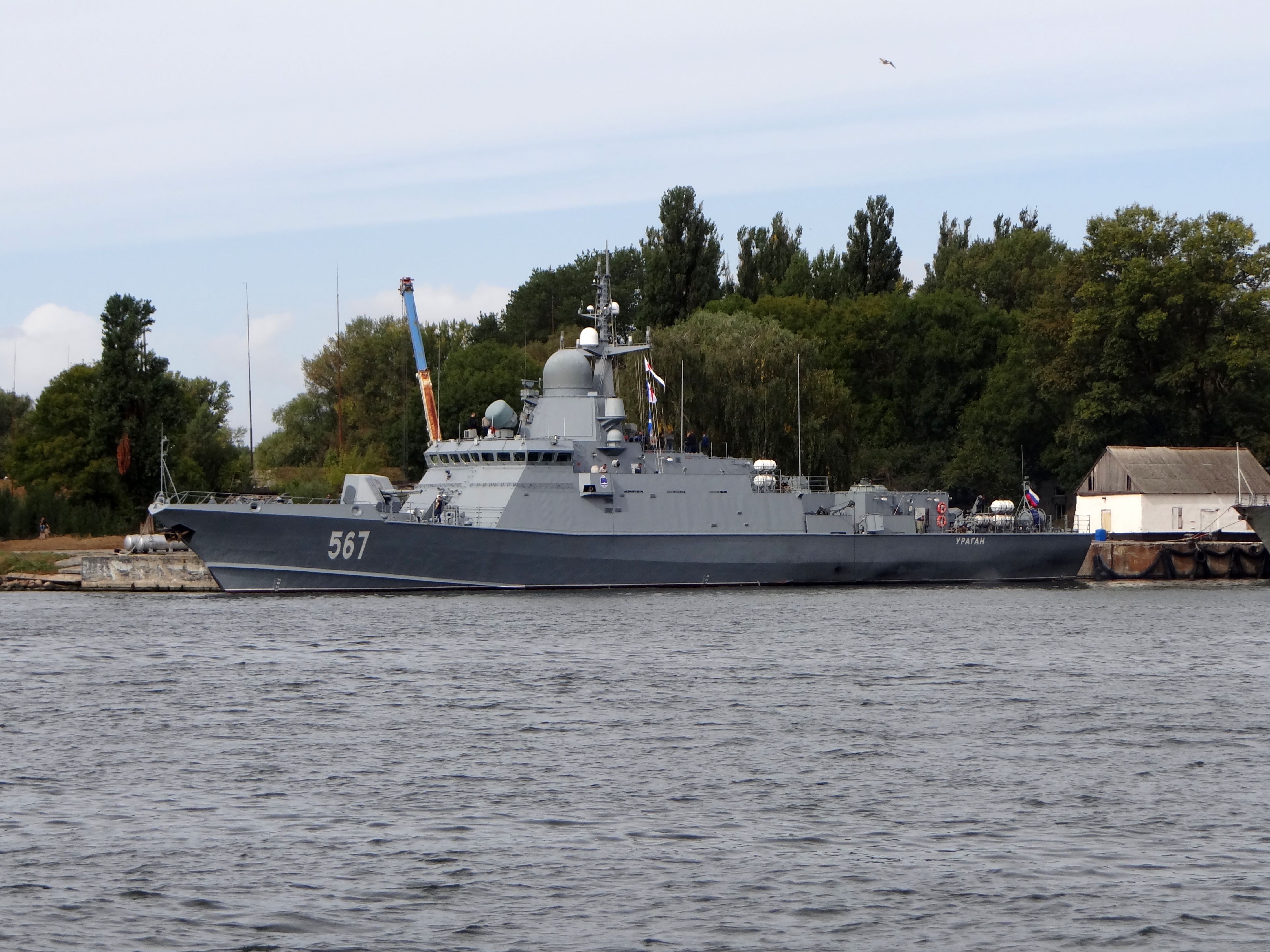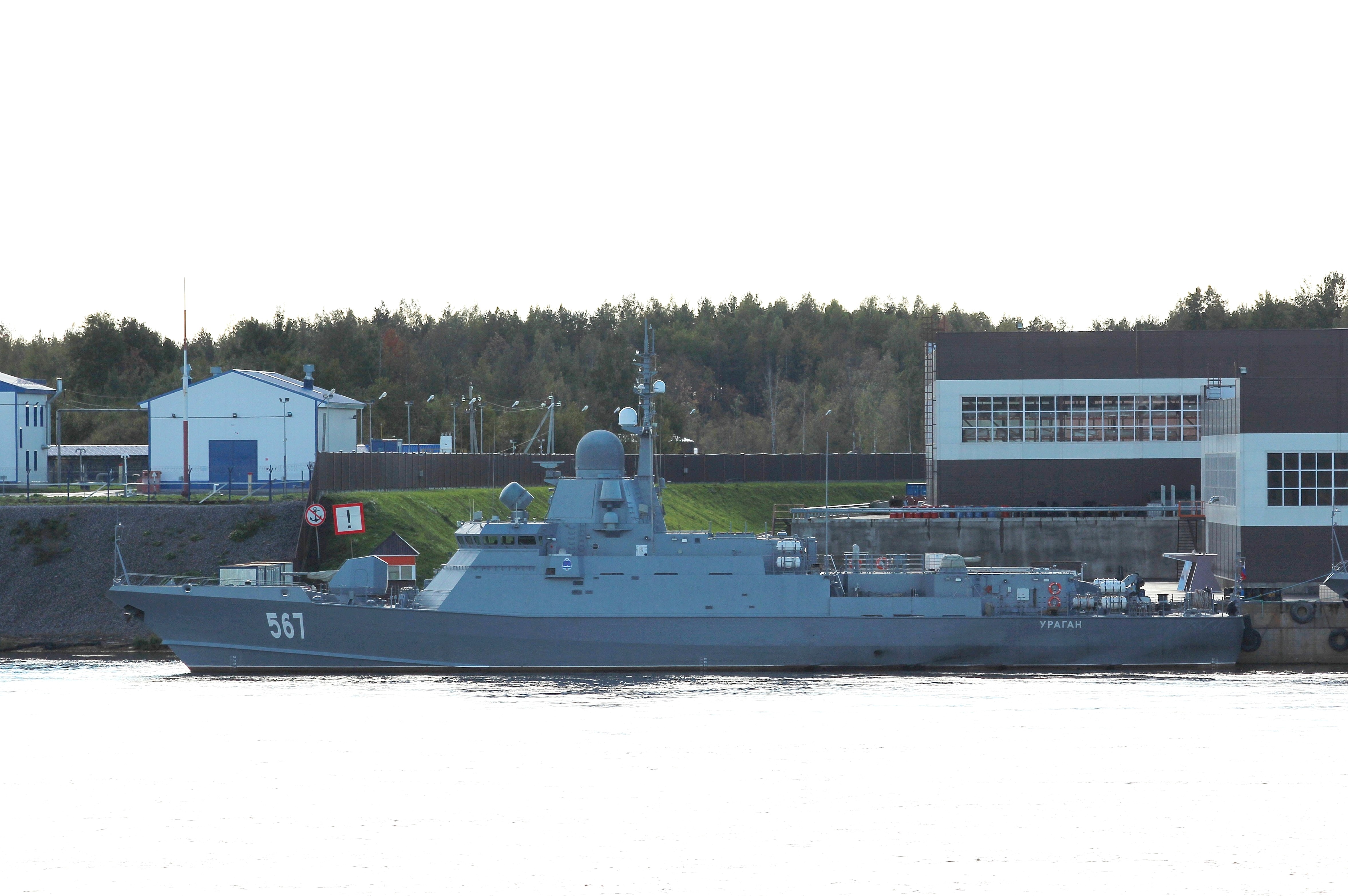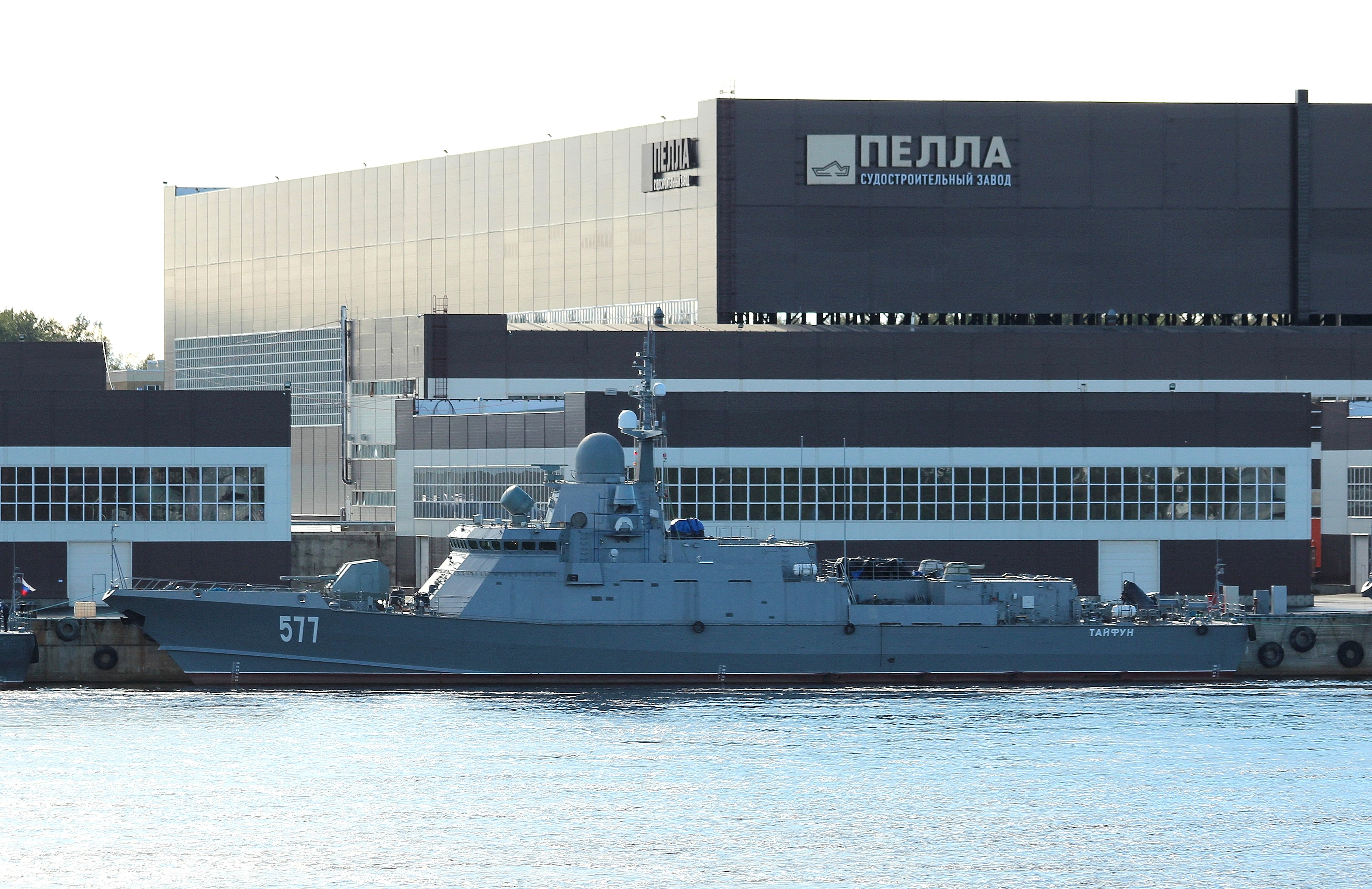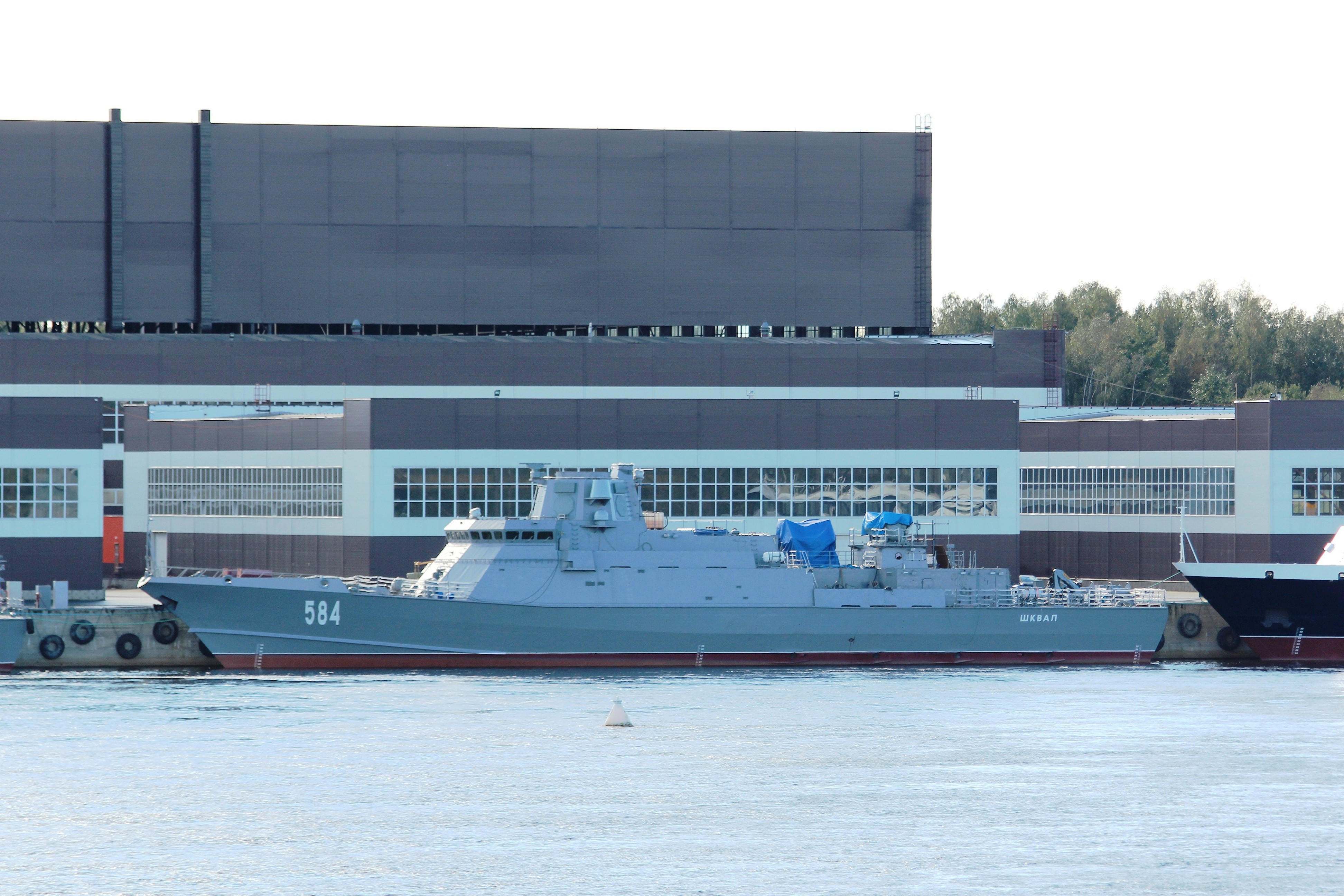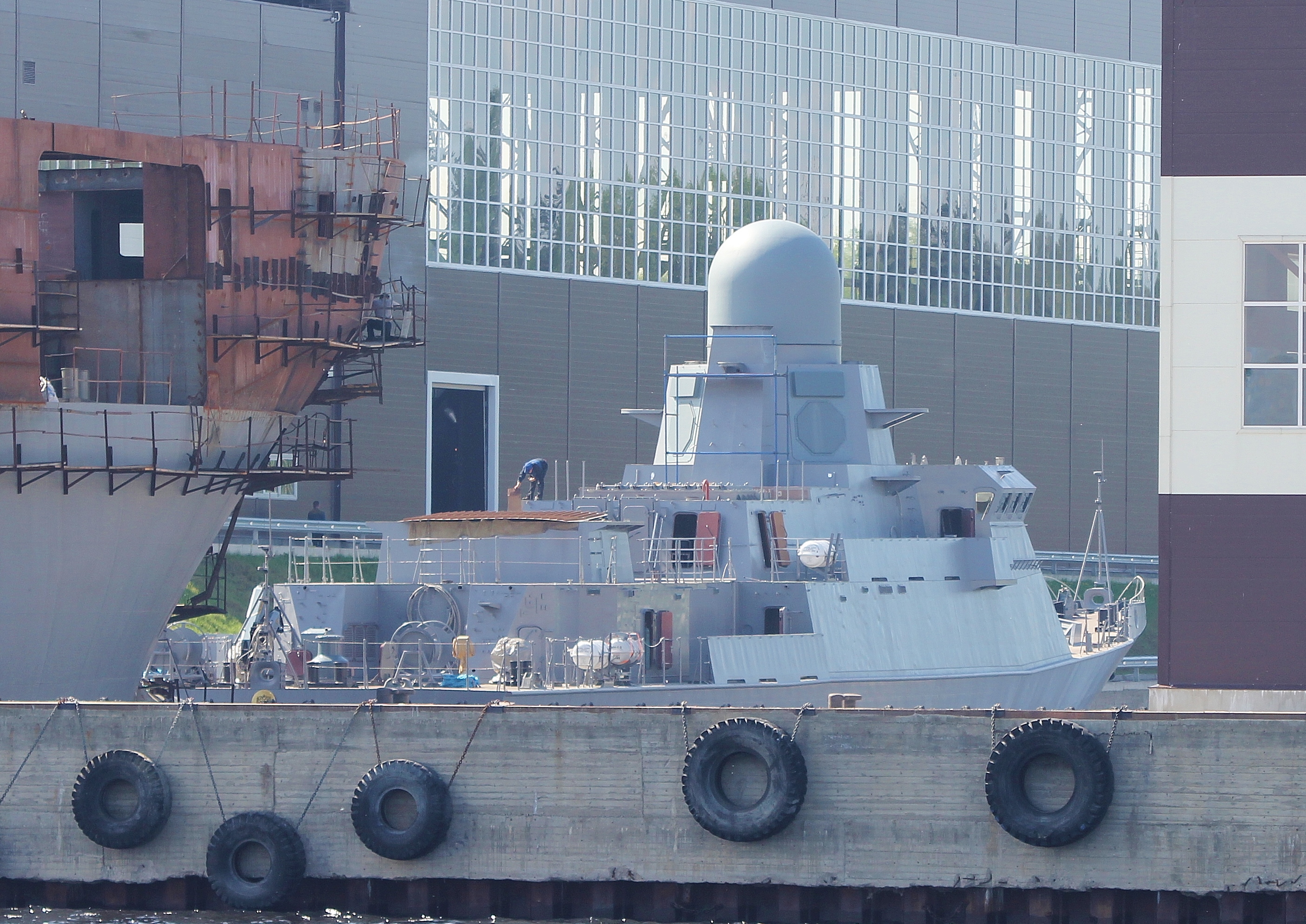I am still suspicious concerning quality of chinese diesels. Zvezda 7 row radial diesels are very light and has excellent power to weight ratio, but they have some limitations when cruising on low power! They need to be blown through on high revolutions in regular intervals!
Look at the link in Hooms post at the top of this page... it includes the below quote about experience with Chinese diesels with four breakdowns already...
In the summer of 2018, a supplier of marine equipment "Marine propulsion systems" ("IPS")offered to equip these MRK Chinese diesels. We are talking about engines CHD622V20 production Henan Diesel Engine Industry Limited (PRC), at least four times out of order on the ships of the Navy and the FSB Border service of Russia.
For example, in early 2018 the problem with Chinese diesel engine at MRK "Vishny Volochek" project 21631 (code "Buyan-M") resulted in the failure to timely transfer vehicle fleet. In late August, the same engine out of order border patrol ship "Flawless" project 22460 (code "Hunter"). Two of the same diesel in 2016 broke the ships built by the shipbuilding firm "Almaz", said Mil.Press FlotProm Director of the shipyard, Ilias mukhutdinov.
https://flotprom.ru/2018/%D0%9E%D0%B1%D0%BE%D1%80%D0%BE%D0%BD%D0%BA%D0%B0365/
Perhaps you can point to a notably curved superstructure panel on 22800?
There is probably a bit in the main superstructure side but within the flex range of the panel & if they haven't engineered for that they need to go back to composite school.
What is a panel? They could be tiny and like house brick size, or they could be the entire structure, or anything in between.
Likely they developed a structure that suited the Navy but now they have worked out a much more efficient way of mass building that structure... which is perfectly normal.
The TT-33 has a small bump on the barrel that locks into a groove... on the prototype it was a small chunk of metal sticking out the side that had to be machined separately... during early production they realised that a complete ring around the barrel would do the same thing so instead of machining a lug on the side of the barrel they just left a ring of metal when the barrel is on the lathe being made and removed one machining step from production.
That sort of thing happens all the time, where a quicker and easier way of doing things is worked out in the factory making it...
Not impossible that they have something particularly exotic requiring separate curing but I think unlikely.
Its more likely that the speed up comes from including various bits of reinforcement/holes in the one layup which they had previously been manually adding later.
Possibly computerised fibre cutting, if they've been previously manually doing it with trial & error fitting then that would make a huge speed-up.
From 45 days to three... that sounds like a curing issue... ie these two pieces need 7 days to cure fully before you can put that layer of resin on and secure the next layer, which also needs to cure for 7 days etc etc... I mean 45 days is a month and a half... are they British workers on a go slow?
Completely different than making a big flat panel thats an integral part of the superstructure.
If the super structure is also stealthy it will have components that need to be cured and sealed... and if it was actually just flat what on earth would make it take 45 days to make?
The first panels were propably made in a small shop/laboratory, like prototypes. Now the demand is higher and they switch to "real" production with more machines/more people.
I think their might be something in the "Custom made" time and "serial production" time difference, as well as possible improvements in materials and resins, as well as equipment like computerised cutting systems...
What may have happened was that they were making them practically by hand and it took 45 days and when word got out they invested money and time and brains in working out how to cut the time down to a minimum... which has clearly made a serious difference.
Of course the custom made design purpose was to see what could be done, whereas serial production is about speed and mass production, so time becomes a factor.
Transport containers in green and silver. Two different types of missiles?
In the Army silver missiles like AT-3s are training missiles, while green missiles are real missiles, but in the navy I have seen mainly silver missile tubes... ie inside the Kirov in the forward section you can see this sort of tube hanging from the deck with S-300 Rif missiles in them... I don't ever remember seeing green tubes...
Perhaps some for training and some real missiles just in case...






